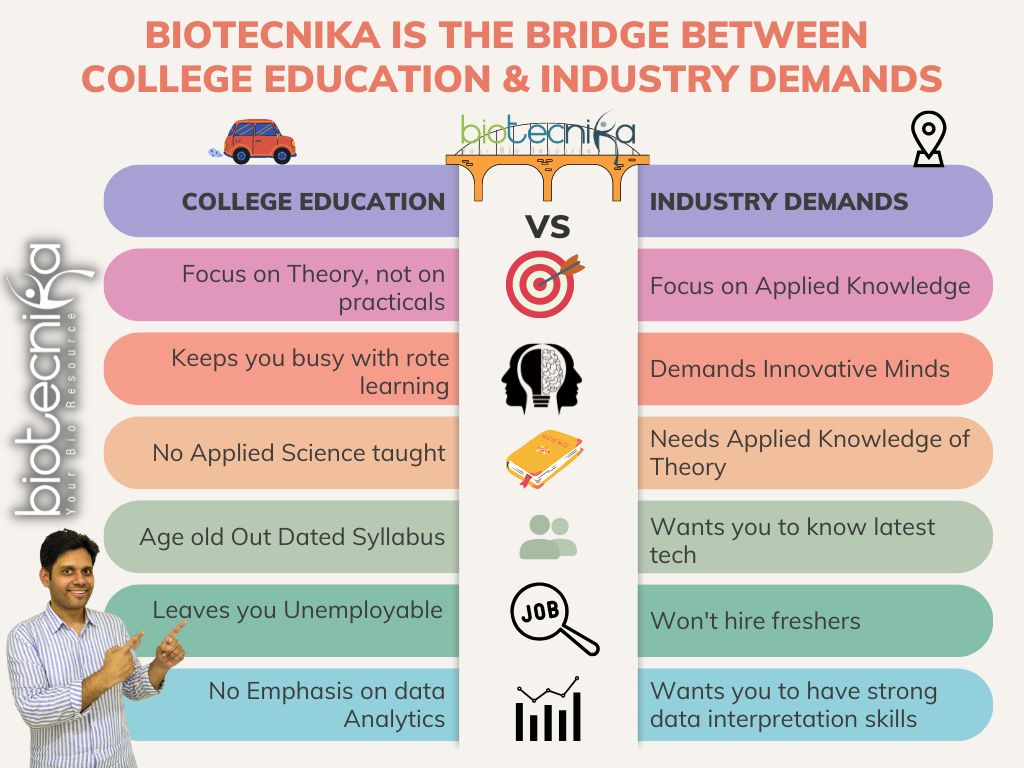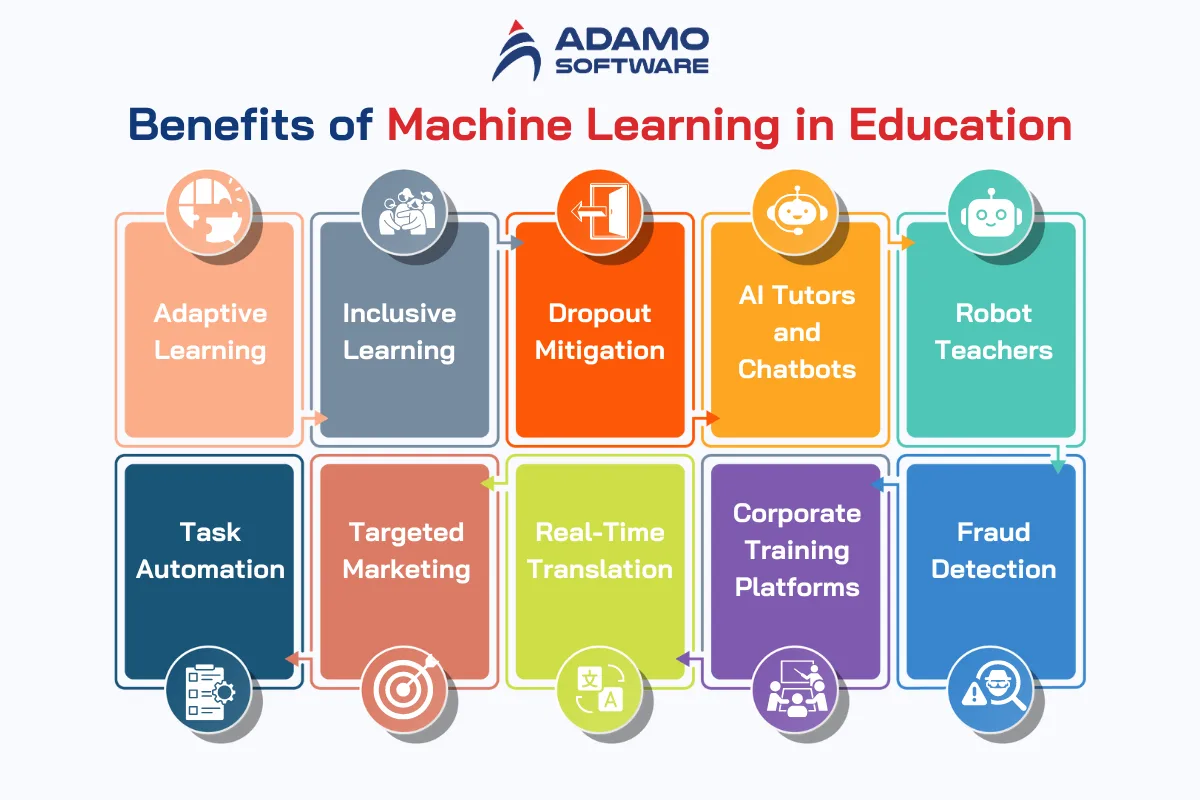Not known Facts About Bioinformatics Tutor
Not known Facts About Bioinformatics Tutor
Blog Article
Bioinformatics Tutor - Questions
Table of ContentsThe Best Guide To Bioinformatics Tutor6 Easy Facts About Bioinformatics Tutor ExplainedThe 3-Minute Rule for Bioinformatics TutorWhat Does Bioinformatics Tutor Do?Bioinformatics Tutor for Dummies
Of the overall participants involved in the training, 80% were pupils from public higher education and learning institutions, while the continuing to be 20% came from exclusive organizations. To certify for a certificate of participation, trainees were called for to go to at least 90% of the overall training hours. As an outcome of this demand, an impressive 95% of the participants efficiently acquired their certifications, having not only satisfied the minimum presence requirements yet also finished all appointed tasks throughout the training.
During the elevation of the COVID-19 pandemic, specifically in between June and August 2020, the project team was entrusted with organizing specialized training in bioinformatics. This training was specifically targeted at pupils from the research team Core for Research study in Applied Computer at the Federal University of Pará (UFRA) The adjustment to remote learning systems as a result of the pandemic produced a possibility to explore brand-new training approaches and electronic tools that boosted both reach and performance.
This training course was created to offer an available yet comprehensive review of Artificial Intelligence methods, especially as used in bioinformatics (Bioinformatics Tutor). This online format enabled involvement from pupils across Brazil, many of whom could not have had the chance to attend in-person sessions.
Bioinformatics Tutor Things To Know Before You Buy
A remarkable function of this training course was its emphasis on hands-on discovering. Roughly 50% of the complete training hours were dedicated to sensible activities where pupils developed smart models and applications in a variety of scientific domains, consisting of genetics, molecular biology, and environmental information evaluation. Commonly made use of devices and structures such as Spyder, Google Colab, Jupyter Notebooks, and Orange were integrated into the coursework. These systems made it possible for trainees to take part in real-time information manipulation, design training, and formula trial and error.
The program drew in 80 individuals in total amount. Sixty of them were connected with various higher education institutions in the state of Pará, while the staying twenty came from organizations found in 5 various other Brazilian states. This broad geographical representation highlighted the national rate of interest in bioinformatics and the growing demand for specialized skills around. By introducing Expert system in a practical and relevant context, the initiative offered to link the void in between theory and real-world application, offering students with a solid structure for future study or work in the area.
The training initiative formed component of a broader academic outreach initiative referred to as the Bioinformatics when driving task. This task has, for many years, presented lots of trainees to the world of bioinformatics and computational biology. The occasions held under this umbrella campaign have happened throughout numerous regions and years, as summed up in Table 1 (Checklist of events, areas, years, and overall varieties of trainees and teachers)
Among one of the most impressive results of the Bioinformatics when driving effort has actually been its payment to the development of decentralized research study groups. Several of these groups, originally brought with each other by their engagement in training events, have actually since gone on to generate independent scientific research in collaboration with regional academic establishments. The training not only promoted clinical thinking within the context of bioinformatics however likewise triggered collective partnerships that expanded past the training atmosphere. These cooperations have led to enhanced neighborhood scientific efficiency and added meaningfully to the growth of the broader bioinformatics community in Brazil.
The Facts About Bioinformatics Tutor Revealed
The job itself was conceived and arranged by MB and RR, that oversaw the planning and execution of each step. Lectures were supplied by a multidisciplinary team consisting of MB, FA, EF, KP, JS, DM, SN, LP, LG, A/C, IH, and RR. The exact same group, excluding IH and RR, also worked as tutors for the useful training components. Financing for the project was provided with the grant 88887.200562/ 2018-00 from CAPES. The authors prolong their gratefulness to everybody who added to the awareness of this task, whether directly or indirectly, because its inception.
The Federal College of Pará's Workplace of Research (PROPESP/UFPA) likewise offered financial assistance, particularly for the manufacturing of the final manuscript. The writers declare no monetary or commercial problems of passion that can have influenced the study. All more tips here analyses and viewpoints shared in this article are only those of the authors and do not necessarily reflect those of their particular institutions, the author, editors, or reviewers included in the magazine procedure.

The 6-Minute Rule for Bioinformatics Tutor
From a pedagogical perspective, the teaching method used in the training was deliberately interactive. Classes were performed in a way that urged pupil engagement and conversation, exceeding rote memorization to explore how concepts are created, applied in day-to-day live, and checked in academic setups. The training approach concentrated on nurturing both solid and battling pupils, offering personalized assistance, and structure confidence through sustained mentorship and patience.

Each team, including about 36 participants, was supported by three mentors-- a lot of whom were postdoctoral researchers with specialized expertise. These coaches not just aided design the group projects but also facilitated their execution, making certain that each research study concern was both relevant and suitably difficult. The goal was to give a naturally realistic context that participants could check out through open-ended objectives and accessibility to curated datasets.
For added understandings right into the method and outcomes of this project-based learning approach, visitors are routed to S1 Text, which consists of thorough summaries of the pedagogical structure, evaluation approaches, and job motifs utilized in the training right here sessions.
Facts About Bioinformatics Tutor Revealed
Of the total amount individuals involved in the training, 80% were pupils from public greater education and learning organizations, while the staying 20% came from private institutions. To qualify for a certification of engagement, trainees were needed to go to at least 90% of the total training hours. Notably, past the trainees who signed up in the training sessions, 7 seasoned instructors got involved in providing the training courses, while 3 dedicated research study professors collaborated the overall training process. About 50% of the total training hours were committed to sensible tasks where students built intelligent designs and applications in a range of scientific domain names, including genes, molecular biology, and ecological data analysis. The training not only fostered scientific reasoning within the context of bioinformatics yet additionally sparked joint relationships that prolonged past Read Full Article the training setting.
Report this page